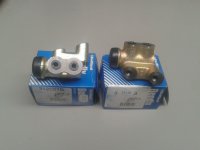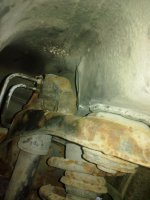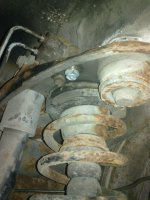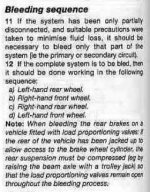- Joined
- Jan 20, 2013
- Messages
- 6,151
- Points
- 1,228
i often wonder if rear brakes would be affected without rear brake compensators
failed mot once cuz of a rear brake compensator, rear foot brake with the faulty compensator wasnt braking sufficiently enough as oppose to other side, replacing the aforementioned compensator fixed that
did anyone actually try to remove it and wire brake pipe directy to rear brake cylinder
failed mot once cuz of a rear brake compensator, rear foot brake with the faulty compensator wasnt braking sufficiently enough as oppose to other side, replacing the aforementioned compensator fixed that
did anyone actually try to remove it and wire brake pipe directy to rear brake cylinder
Attachments
Last edited:





